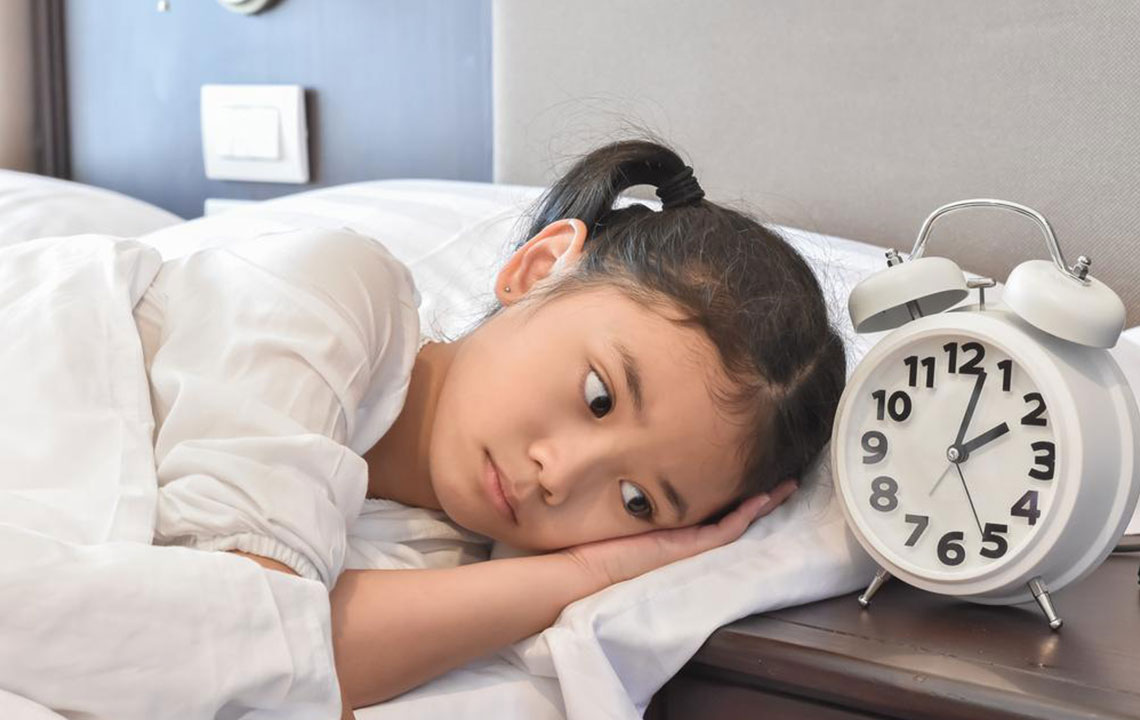Recognizing Bipolar Disorder in Children: A Parent’s Guide
This article offers insights for parents to identify and manage bipolar disorder in children. It highlights key symptoms, treatment options, and supportive strategies to help children cope and recover. Early detection and parental involvement are essential in effectively addressing this condition, ensuring children receive proper care and encouragement throughout their recovery journey.

Recognizing Bipolar Disorder in Children: A Parent’s Guide
Monitoring your child's behavior and social interactions is essential. Sudden shifts in mood may indicate underlying issues. If your child exhibits rapid and intense mood swings—alternating between extreme happiness and deep sadness—it could signal bipolar disorder. Such signs include heightened excitement, impulsiveness, or episodes of depression. Early detection is vital for effective management.
While bipolar disorder can be severe, there are effective treatment options. Raising awareness helps parents support their children better.
Key symptoms to watch for:
Rapid, intense mood changes
Excessive happiness or sadness
Impulsive and energetic behaviors
In extreme cases, hallucinations or hearing voices
Taking early action can make a difference
Once diagnosed, parents should seek appropriate treatments, including medication to prevent episodes. Non-severe cases often respond well to therapy, where parental involvement plays a crucial role.
Engage in regular conversations with your child
Observe their activities closely
Ensure a stress-free environment
Help them differentiate normal feelings from warning signs
Support their self-awareness and confidence
Always remind your child that they can recover, offering reassurance and support. Your presence and encouragement are key during treatment.










